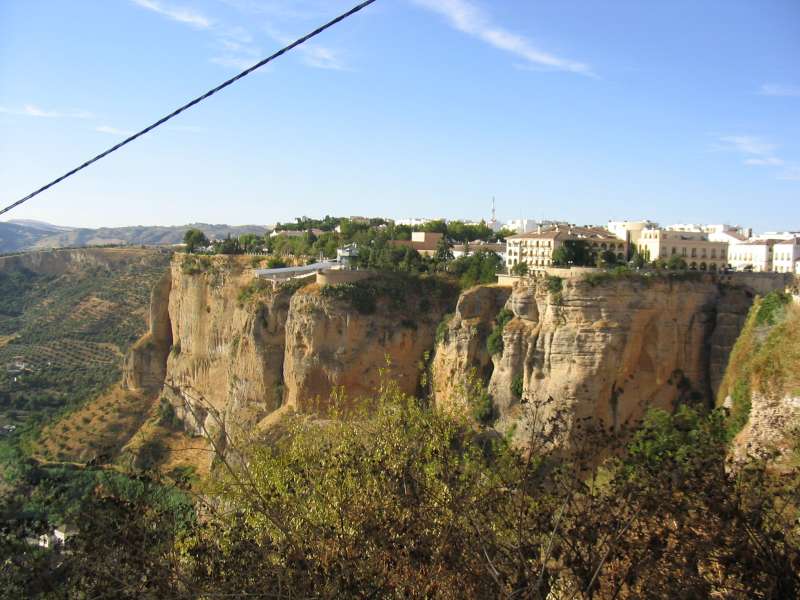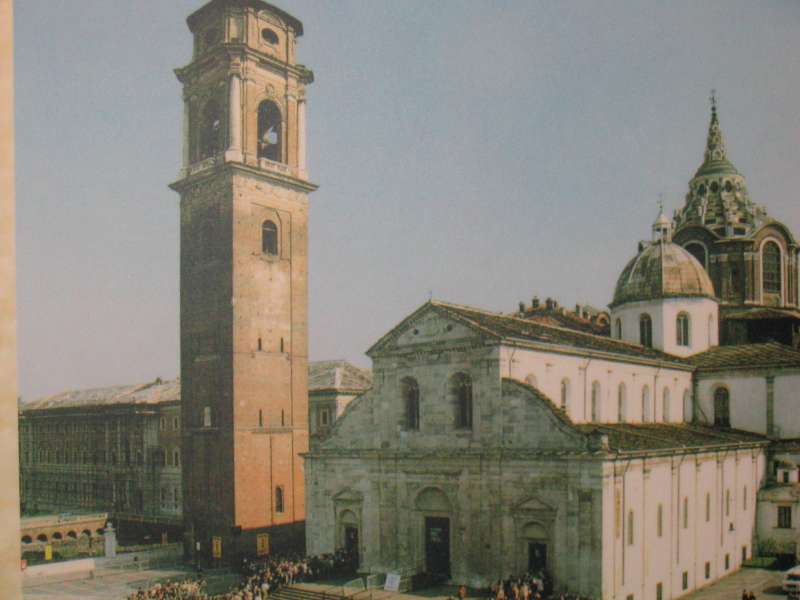
World Monument Photography
July 27, 2024
Ronda is one of the largest Andalucian white hill towns, rich in architecture and history. The earliest remains of civilization near Ronda are found in the Pileta Caves, 22 kilometers from Ronda. In the caves are paintings and artifacts that are 20,000 years old.

The city`s political and economic importance came into being during the Muslim era. Its Arabic name is “Izna Rand Onda.” After the fall of the unified Caliphate of Cordoba, Ronda briefly became an independent Ronda Taif Kingdom and experienced large urban growth. In 1066, Ronda Taif Kingdom was absorbed into the Kingdom of Seville. When the Kingdom of Seville was overrun by Christian invaders, Ronda came under the control of the Nazarites of Granada.
Ronda remained part of Granada until 1485, when it was one of the first cities to fall under Ferdinand and Isabel’s ten year crusade against Granada. After the Spanish conquest of Granada in 1492, the highlands around Ronda have been the basis of two major rebellions against Spanish oppression in 1499 and 1568. Shortly after the conquest of Granada, Isabel issued a decree that all Muslims and Jews should either convert to Christianity or be expelled from Spain without their belongings. Her reasoning was that Muslims and Jews living in Granada were the decendants of the Christian Visigoths that once inhabited the Iberian peninsula 800 years earlier. It is important to note here that this is clear evidence that Muslims living in Spain at the time were considered to be descendents of the original inhabitants of the peninsula, and not Moors, as the are referred to in most history texts. Muslims that converted to Christianity were later called Moriscos. Moriscos were required to wear upon their caps and turbans a blue crescent, which brought upon them taunts and violence of a fanatical population. They were not allowed to carry even small knives for protection. Traveling without a permit meant a death sentence. This systematic suppression forced the Muslims to seek refuge in mountainous regions of southern Andalucian cities such as Ronda.
In May 25, 1566, Philip II introduced a law that stipulated Moriscos to abandon the use of Arabic, change their costumes to Castilian languages, that their doors must remain open every Friday and other feast days, and public baths will be torn down. Moreover, a heavy silk tax was levied, a trade which was the main source of income for Moriscos. These measures were too much for the Moriscos to bear and led to the Rebellion of Alpujarras in 1568, which was led by a man named Muhammad ibn Abouh. In one week, the rebellion spread to the entire Andalucian mountain area. In response to this, Phillip II sent the famous General Alfonso de Aguilar, which spent most of his life hunting Moriscos suspected of secretly practicing Islam.

The Moriscos rebellion army regrouped at Ronda under the leadership of Al-Fihrey. After a bloody and vicious battle, the Spanish forces advanced, while the Moriscos forces retreated. While the Spanish forces were busy with collecting loot left behind from the retreating army, the Moriscos army launched a surprise counterattack. This forced the Spanish forces to flee, except for Alfonso a few soldiers he was able to gather around him. Alfonso, badly wounded, was able to escape with two-hundred of his soldiers to an area shielded with two large rocky areas. Al-Fihrey and his men followed Alfonso until they found him. At this point both leaders prepared for a head-to-head combat. Their almost insane stubbornness, strength, and will-power is shown by their war of words. As Al-Fihrey approach, Alfonso shouted to him: “If you thought that you found an easy prey, know that I am Don Alfonso de Aguilar.” Al-Fihrey answered him: “If you are Don Alfonso, know that I am Al-Fihrey.” A few minutes later Al-Fihrey struck down Alfonso. Al-Fihrey’s soldiers continued to hunt down Alfonso’s soldiers until the next morning. Every Spanish solider found was killed and no prisoners were taken. This level of brutality was never observed in any of the wars fought by the Christians and Muslims in the Iberian peninsula prior to 1492.
When the news reached King Phillip II, he sent his entire army to the mountains to return the dead bodies of the Spanish soldiers. After returning their bodies to Granada and having a hero’s funeral for Alfonso de Aguilar, King Phillip II sent his 22 year old half brother Don John of Austria to eradicate the mountains of the Moriscos. This inexperienced leader resorted to the most extreme and ruthless methods to eradicate the mountains of the Moriscos threat. He ruthlessly destroyed entire villages killing women and children. He resorted to slaughter, burning, suffocating with smoke until the Moriscos presence in the Andalucian mountains was no more. Those who survived and were caught were sold into slavery. Many of those who were fortunate enough to escape capture, died of the harsh conditions fleeing the mountains of Andalucia. This systematic method ethnic cleansing continued until 1609. It is estimated that this exodus led to the expulsion of half million people. From 1492 to 1609, it is estimated that a three million people have been expelled from Andalucia and an unknown number of people have been killed in Inquisitions and battles of 1499 and Rebellion of Alpujarras of 1568. As for the rebellion`s leader, Muhammad ibn Abouh, he was caught and his head was left hanging on one of Granada`s doors for 30 years.
Ronda continued to decline economically and politically until the 19th century. In the 19th century, the New Bridge was built which connected the old city of Ronda and the new Christian city, which were previously separated by a large valley. A new Bullring was also built.
Today, Ronda is a popular tourist site. Some of the older Muslim sites still stand, including the Arabic Public baths, Palace of the Arabian King, Arab Walls and City Gates, and St. Sebastian`s Minaret. This last site, St. Sebastian`s Minaret was formerly a small tower belonging to one of the mosques in Ronda and later was used as a bell tower of the also disappeared church of St. Sebastian. It was declared as a historical monument in 1931. Its foundation dates back to the 14th century.